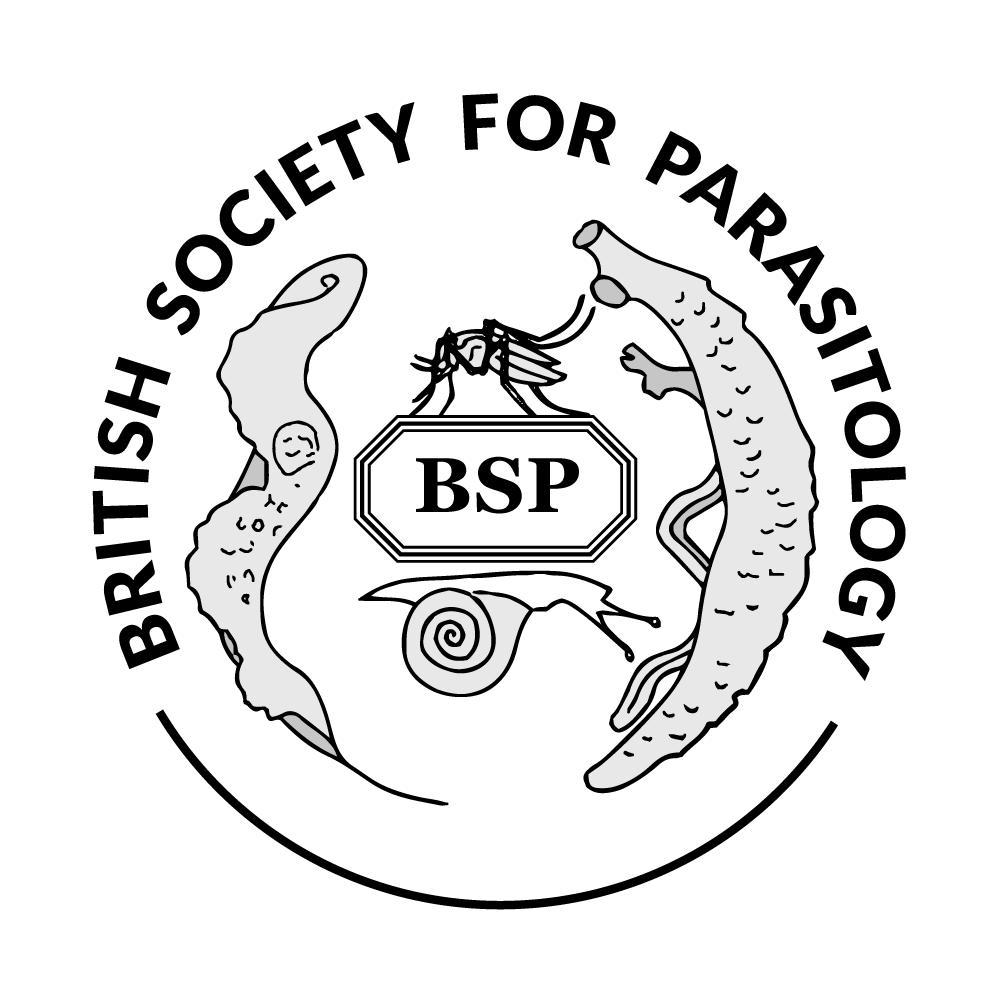

|
Poster
9 |
A geospatial analysis of local intermediate snail host distributions provides insight into intestinal and urogenital schistosomiasis within under-sampled areas of Lake Malawi |
Along the southern shoreline of Lake Malawi, autochthonous transmission of intestinal and urogenital disease can occur. However, the underlying distribution(s) of intermediate snails is only partially known from previously sampled sentinel locations. To model and interpolate snail distributions, a secondary geospatial data analysis of existing malacological survey data was undertaken. Data on snail abundance collected at focal sites along the lakeshore were fitted using a Bayesian Poisson latent Gaussian process model. By smoothing the abundance estimates out along the shoreline, this method allowed us to estimate the abundance of snails that might be observed at any of the intervening points, together with a measure of uncertainty engendered by the inherent inability to observe snail abundance at all points. Separate models were fitted to the number of snails observed at our study sites for each species (viz. Biomphalaria and Bulinus). Our adopted model, used a combination of two-dimensional (2D) and one dimensional (1D) mapping to allow us to predict along the shoreline. Our interpolations identified certain areas of interest for each snail species, respectively which helps refine future geospatial sampling frames. Furthermore, we have shown substantive heterogeneities in snail distributions along the lake which, in turn, provide insight into local dynamics of schistosomiasis transmission.